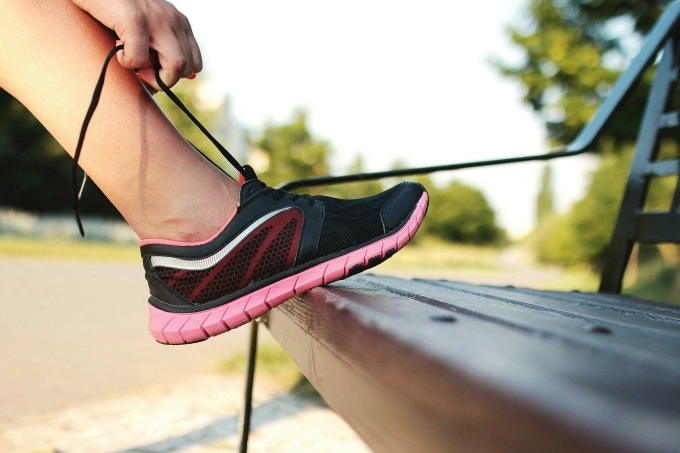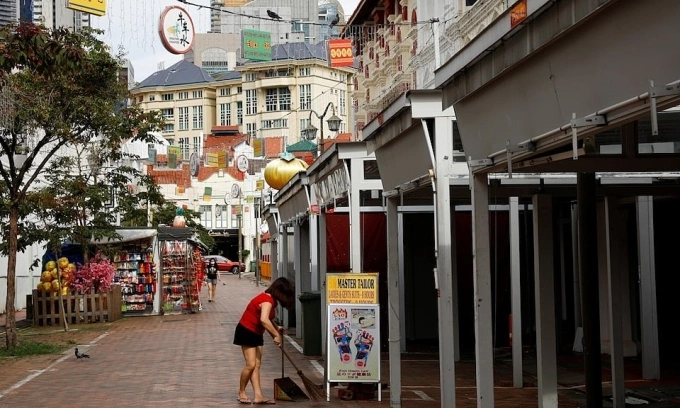Đọc báo:
Cấp độ:
Nguồn:
Chủ đề:
Tin tức mới nhất trong ngày, cập nhật liên tục 24h. Từ nguồn báo chính thống như CNN, BBC, VOA, Inside Science,...
 1 phút
1 phút Fight erupts on China-Malaysia flight as passengers refuse to lower voices
An AirAsia X flight from Kuala Lumpur to Chengdu on Monday evening saw a heated dispute escalate into a mid‑air brawl. According to reports, a man asked a nearby group of women to lower their voices after cabin lights were dimmed, but when they kept chatting, he allegedly called them “stupid,” told them to “shut up,” and said he wanted to sleep.
Videos on social media show a woman in green climbing over her seat to punch the man, with another woman joining in as he shielded himself behind his food tray. Flight attendants quickly intervened and separated those involved.
The airline confirmed the crew acted “swiftly and professionally,” with authorities meeting the plane on arrival. Five Chinese nationals were involved; three were arrested by airport police and two were fined. AirAsia X stated the incident did not disrupt return schedules and reiterated its zero‑tolerance policy toward disruptive behavior, urging passengers to remain respectful for everyone's safety and comfort.
Nguồn: TODAII [ 1540] 2025-07-26 19:31:39
1540] 2025-07-26 19:31:39
 1 phút
1 phút Fearful tourists cancel Ha Long Bay trips after deadly boat accident
Following last week's boat tragedy in Ha Long Bay that killed 37 people and left two missing, many tourists have canceled or postponed trips over safety fears. The accident involved the Vinh Xanh 58, which capsized during a sudden thunderstorm while carrying 49 passengers, including more than 20 children.
A Hanoi tech company group canceled their bay tour but lost a VND5 million deposit, opting to stay on shore out of fear. International tourists have also reacted; a Mexican visitor described feeling lucky to be safe but shaken by the news. Cruise operators report a wave of cancellations, with some ships losing half their bookings for late July, though they hope for recovery within 10 days. Paradise Vietnam has rescheduled tours and is awaiting official clearance to resume fully.
Experts note that the incident shattered travelers' sense of security, causing anxiety and distrust toward operators. They urge authorities to rebuild confidence through stricter safety audits, clear weather warnings, public education, and enforcing bans on boating during storms to ensure long‑term sustainable and safe tourism practices.
Nguồn: TODAII [ 1430] 2025-07-26 19:31:31
1430] 2025-07-26 19:31:31
 1 phút
1 phút Which workouts burn the most calories?
Among running, swimming, cycling, and jumping rope, jumping rope at a fast pace burns the most calories in the same amount of time.
According to Cleveland Clinic data for a 150‑pound person exercising for one hour:
Jumping rope: ~544 calories/hour at a slow pace, up to 816 calories/hour at a fast pace.
Running: ranges from 476 calories/hour at a jog to 1,088 calories/hour at 10 mph—but most people don't sustain 10 mph for a full hour, so typical paces burn less than fast rope jumping.
Swimming: ~476 calories/hour at a casual pace, up to 680 vigorously.
Cycling: 272 calories/hour at leisure, ~544 at 12–13 mph, and up to 816 calories/hour at 16–19 mph.
Bottom line: For a typical high‑intensity workout, fast jumping rope is the most efficient calorie burner among the four, with only very fast running (like maintaining 10 mph for an hour) exceeding it.
Nguồn: TODAII [ 1045] 2025-07-26 19:31:23
1045] 2025-07-26 19:31:23
 1 phút
1 phút Is drinking lime juice in the morning harmful?
Drinking lime juice in the morning can be beneficial, but there are some precautions.
Lime juice is rich in vitamin C, citric acid, and antioxidants. When diluted in warm water and taken in moderation, it can help boost immunity, aid digestion, ease bloating or constipation, support liver function, and even slightly aid weight control. Its antioxidants also benefit skin health, and despite its sour taste, it has an alkalizing effect in the body.
However, frequent or improper use may cause harm. Its acidity can erode tooth enamel if you don't rinse afterward. Drinking large amounts or taking it on an empty stomach may trigger acid reflux, heartburn, or stomach discomfort, especially in those with sensitive digestion or ulcers. Undiluted juice can upset electrolyte balance, hinder nutrient absorption, and may interfere with certain medications.
For safe use, limit to about half to one lime daily, dilute it in 250–500 ml of water, and drink it after a light snack or 30 minutes before a meal—avoid taking it on an empty stomach if you have digestive issues or sensitive teeth.
Nguồn: TODAII [ 1100] 2025-07-26 19:31:14
1100] 2025-07-26 19:31:14
 1 phút
1 phút Singapore generates less waste over past decade
Singapore's daily domestic waste per person dropped from over 1.05 kg in 2014 to 0.85 kg in 2024, and non‑domestic waste per billion SGD of GDP fell from about 35 tonnes to 23 tonnes, according to the National Environment Agency. Despite this progress, the overall recycling rate slid from 60% to 50%.
The decline stems mainly from reduced construction and demolition waste—streams that were almost fully recycled—and a sharp fall in paper recycling from 52% to 32%, driven by high collection costs, freight challenges, and lower commodity prices.
NEA plans to keep cutting waste and boosting recycling, with upcoming efforts focused on food, paper, and plastics, which remain the largest unrecycled streams.
Nguồn: TODAII [ 528] 2025-07-26 19:31:07
528] 2025-07-26 19:31:07
Đọc báo theo chủ đề
Học tiếng Anh với Video











